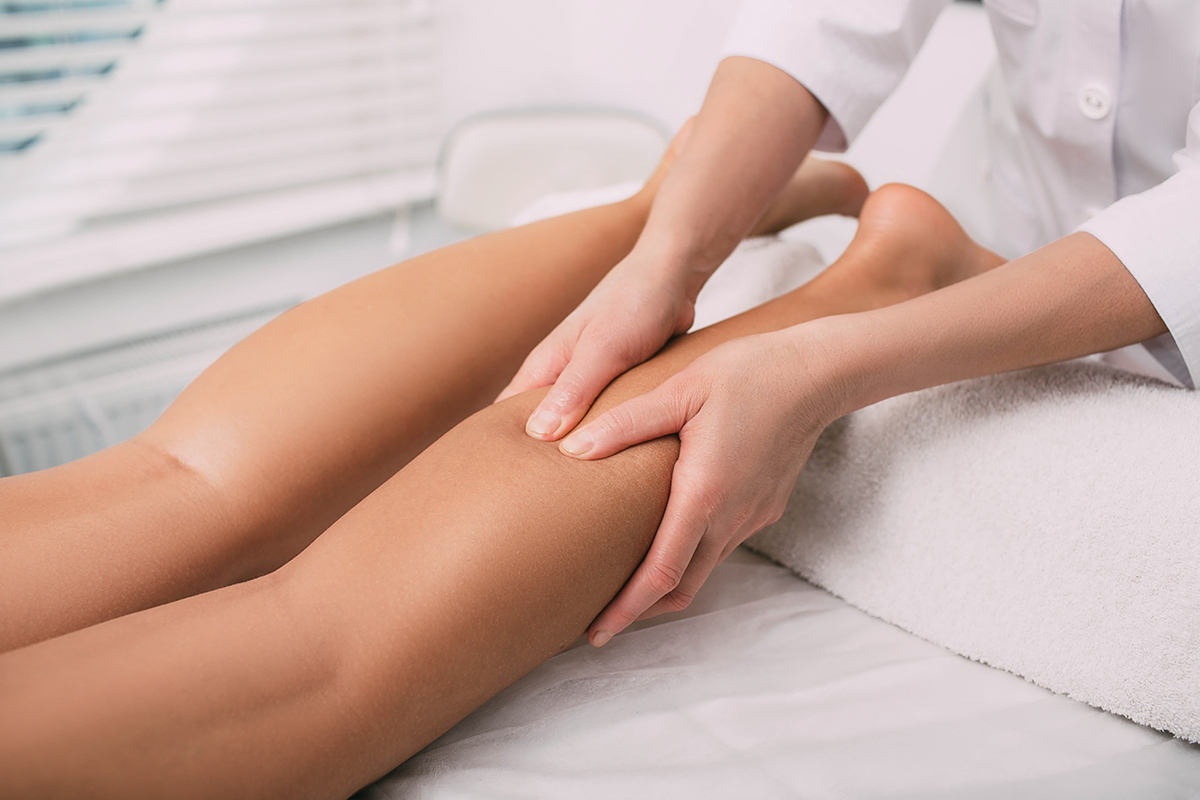What Causes Poor Circulation in the Legs?

Sitting in one position too long causes some people to develop an uncomfortable pins-and-needles sensation. We often say that the affected body part has “fallen asleep.” That tingling is an indication that circulation has been disrupted. There is little concern regarding the occasional experience of poor circulation when a direct cause can be identified. When body position is to blame, sensation usually returns to normal within a couple of minutes. More frequent or unexplained tingling, along with other symptoms, such as heaviness, swelling, and aching, may indicate a chronic problem that needs to be addressed. That problem is venous insufficiency, or poor circulation through the legs. Here, we discuss why this condition may occur.
What Influences Blood Circulation in the Legs?
Having poor circulation through the legs means that blood flow is reduced. Circulation is necessary because it ensures that all parts of the body receive adequate nutrition and oxygenation. This is why, when signs of poor circulation manifest, it is necessary to speak to a specialist. Circulation is influenced by several factors. These include:
Diabetes
What most people know about diabetes is that this condition affects blood sugar. This is just the beginning. Consistently elevated glucose levels in the blood can damage blood vessels and arteries. Diabetes is related to plaque buildup in veins and generally diminished circulation. This can result in peripheral artery disease (PAD), which can cause tingling and numbness in the feet, calves, and hip area. The effect on circulation is one of several reasons to ensure that diabetes is well-managed.
Varicose Veins
Varicose veins are the bulging, visible veins that are often seen on the legs. We mention it as a cause of poor circulation, but this may be a question of which comes first. Varicose veins develop because weakness in a blood vessel allows blood to pool in a particular area. Once the vessel weakens and blood accumulates, more and more of the vein may start to bulge. It stands to reason that circulation is going to be poor in areas where blood has stagnated in a vein.
Obesity
Obesity contributes to several health concerns. In terms of circulation, the problem with carrying extra weight is that the lower extremities are placed under a significant amount of physical stress. The veins in the legs are pressed upon by extra pounds, hindering their ability to send blood back up toward the heart. The veins in the legs are already working against gravity; extra weight forces them to work harder.
Do You Have Poor Circulation?
Signs that you have poor circulation in your legs include:
- Swelling in the feet, ankles, and calves
- A heavy sensation in the legs
- Leg cramps or pain
- Restless leg syndrome
- Itching, especially in the area of a varicose vein
If you or someone you love is exhibiting signs of poor leg circulation, schedule an appointment at the Vein Institute of Hunterdon. We’re here to help.
